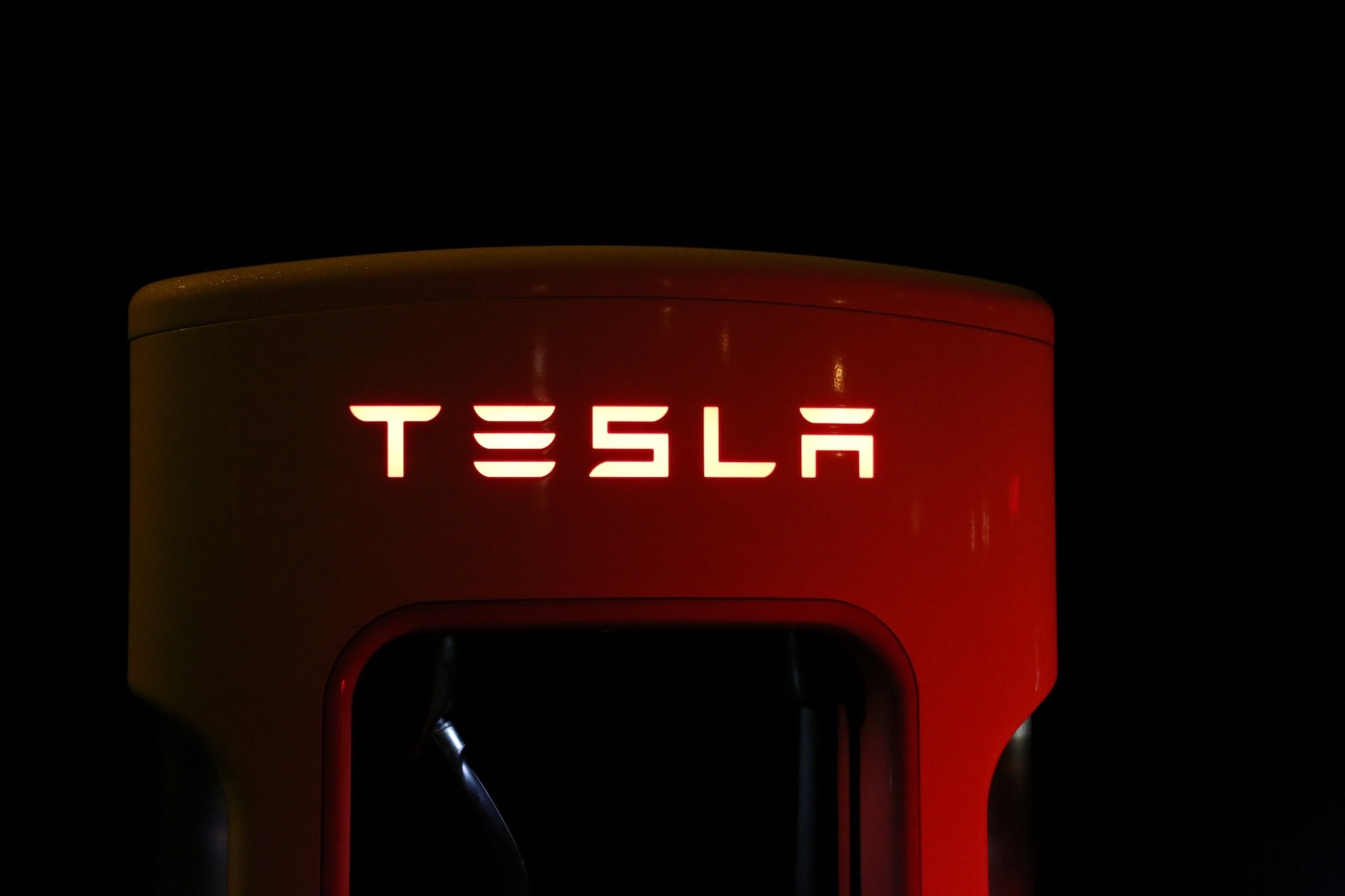
Just as a conventionally powered car won’t run without gas in the tank, neither will an electric vehicle unless its battery is sufficiently charged. But while most motorists can only get a fill-up at a gas station, EV owners have multiple options for replenishing their rides. Here’s a quick look at what’s available:
This is the easiest way to keep an EV charged, at least provided you have access to a garage with electrical service. All EVs come with basic charging units that allow them to plug into a standard 120-volt wall socket, which is also called “Level 1” charging. Unfortunately, a full charge can take eight hours or more using house current.
A better way to go is to have an electrician install a dedicated 240-volt line in your garage along with a specific “Level 2” charger. It’s not cheap, but the added up-front costs will pay off in terms of much quicker charging times. It takes around four hours to fully replenish an EV’s battery, depending on the model, using Level 2 charging. Many states offer programs to help make installing a home charging station more affordable.
Charging at home is also the cheapest way to keep an EV running. For example, according to the Environmental Protection Agency’s fueleconomy.com website, it will cost an owner $0.92 to drive a Chevrolet Bolt EV for 25 miles at average electricity rates. That’s just over an hour’s worth of Level 2 charging, according to the automaker’s specs. (Driving that same 25 miles, by the way, will cost $2.15 in a gas-powered Chevrolet Cruze.)
Many EVs use a smartphone app to let owners schedule charging during certain hours when electricity is cheaper if the local electric company offers discounted off-peak rates.
Though still not as prevalent as gasoline pumps, the number of public EV charging stations being installed across the U.S. is expanding rapidly. As of this writing, there’s around 20,000 of them, with many sites having multiple charging units. You’ll find them most prevalent in or near areas having a higher concentration of EVs. They’re typically installed in apartment building and public parking garages, retail parking lots, at new-car dealerships, and even on some urban street corners.
Many public charging stations still offer free charging, while others exact a fee that varies according to the operator. Some charging networks require a membership to access their units. Tesla Motors has established an extensive “Supercharger” network of stations at its dealerships and other locations worldwide that’s exclusively for Tesla EV owners. If you’re taking an EV on any kind of road trip, it’s imperative you plan your route according to where public charging stations are located. EV owners can locate charging stations anywhere in the U.S. via multiple websites, including PlugShare.com, as well as smartphone apps like CarStations.
Public chargers are most commonly set-up for Level 2 charging, which makes them most worthwhile for “topping off” an EV’s battery while shopping, dining, or running errands (especially since some lots restrict parking to just two hours). A better choice is to find a station that affords “Level 3” charging, which is also called DC fast charging. This is the quickest system of all, being able to bring a given EV’s battery up to 80% of its capacity in just 30 minutes.
However, be aware that some Level 3 chargers use different connecting port configurations than others. You may need to use an adaptor to tap into a given unit, if you can use it at all. (Again, Tesla Superchargers can be used only with Tesla vehicles.) Check ahead of time via the aforementioned websites or apps to see if your vehicle is compatible before you head for an unfamiliar charging station.
Some companies have installed electric car chargers in their garages and parking lots for their employees’ use. They’re most typically Level 2 chargers, which is not particularly a disadvantage considering a car can be connected over the course of an eight-hour workday. Workplace charging is still not particularly common, however, though some states now offer an incentive for having on-site stations installed.
ABOUT THIS ARTICLE:
Change Your Location
Weekly graph